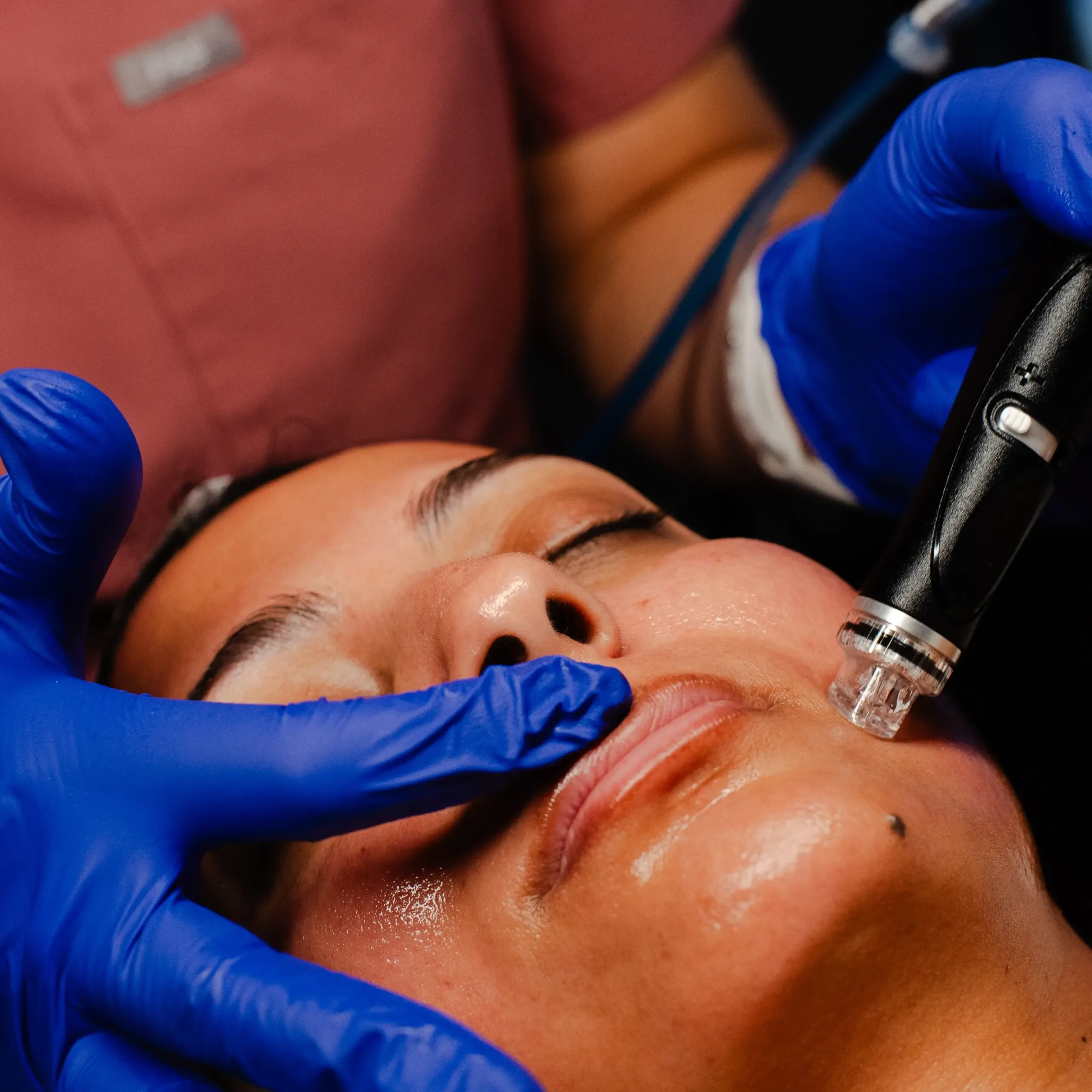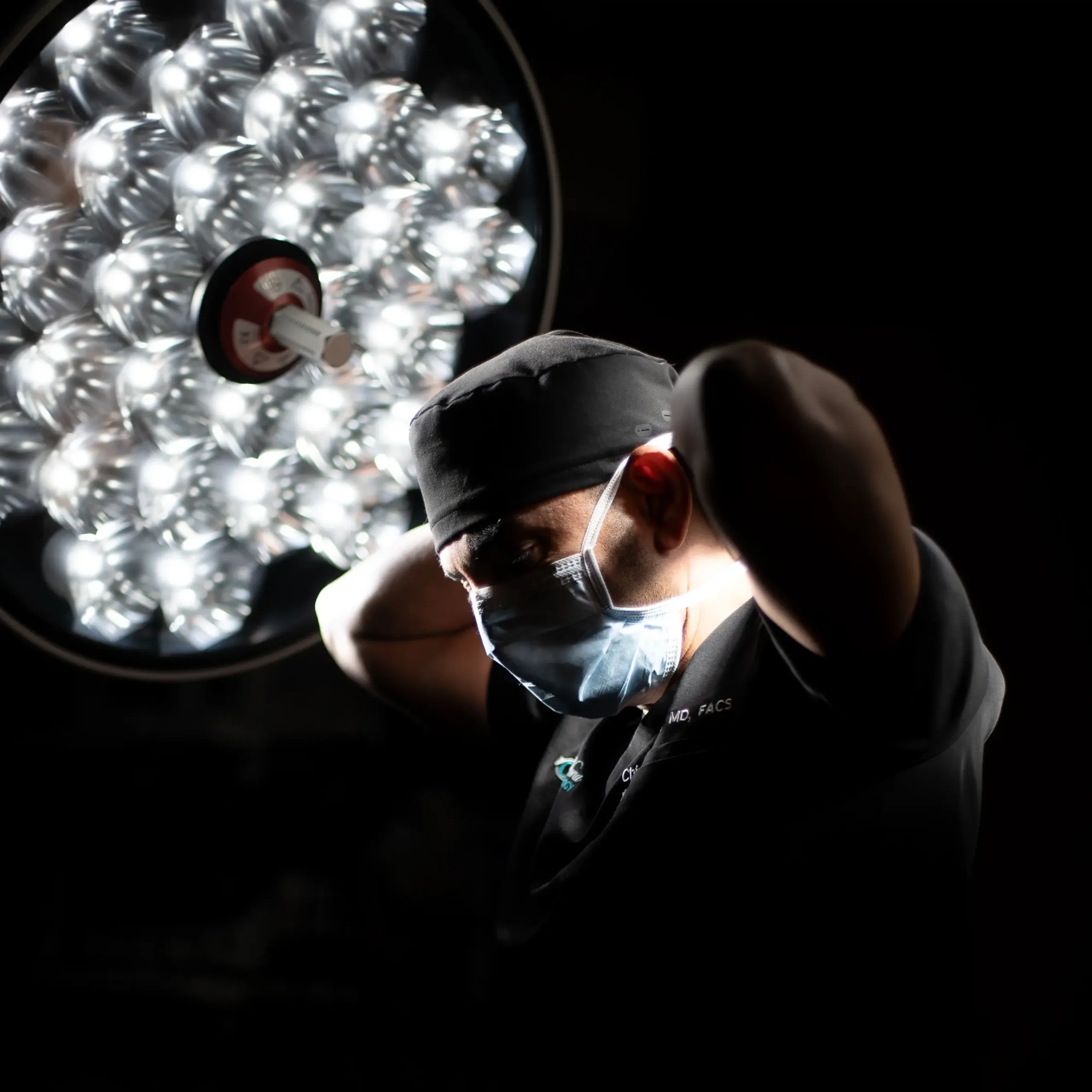Comprehensive Care for
Dry Eye Disease
At Lake Nona Ophthalmology, we understand the impact that Dry Eye Disease (DED) can have on your comfort and quality of life. Dry eyes can cause discomfort, irritation, and in some cases, blurred vision, significantly affecting daily activities. As a premier ophthalmology practice, we are committed to providing cutting-edge treatments and personalized care to help manage and alleviate the symptoms of dry eye disease. Our goal is to restore comfort and optimize eye health with a comprehensive approach tailored to each patient’s unique needs.

What is Dry Eye Disease?
Dry Eye Disease (DED), also known as keratoconjunctivitis sicca, occurs when the eyes do not produce enough tears or when the tears evaporate too quickly. This leads to inflammation and irritation of the eye’s surface, causing a range of uncomfortable symptoms. Dry eye disease is a common condition that can affect individuals of all ages and is often associated with aging, but it can also result from environmental, lifestyle, and health factors.
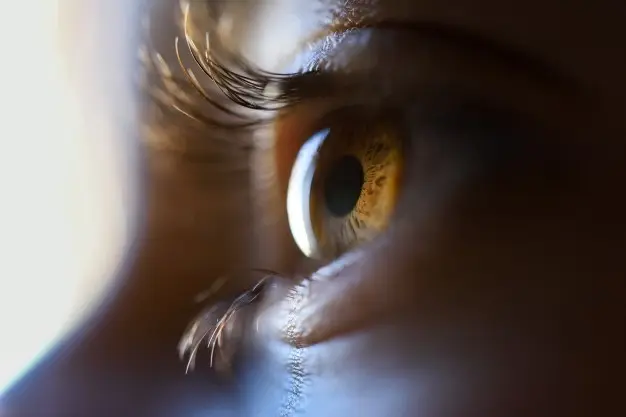
Symptoms of Dry Eye Disease
The symptoms of dry eye disease can vary from person to person, but common signs include:
- Persistent dryness or a gritty sensation in the eyes
- Burning or stinging in the eyes
- Redness or inflammation of the eyes
- Blurred vision, which may improve with blinking
- Eye fatigue, especially after reading or using digital devices
- Watery eyes, which is often a result of the eye’s attempt to compensate for dryness
- Sensitivity to light
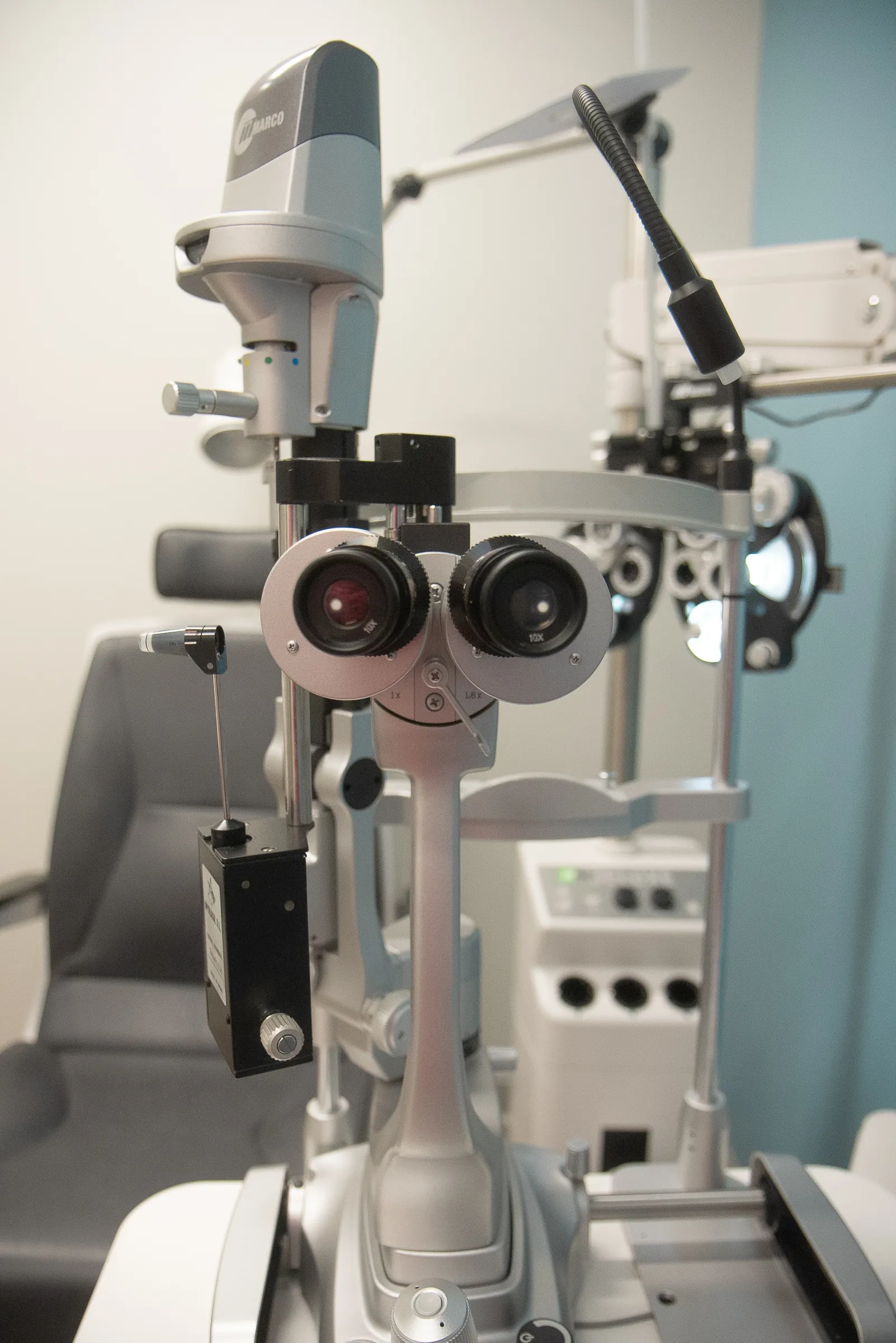
Causes of Dry Eye Disease
Dry eye disease can have multiple causes, often involving a combination of factors. Some of the most common causes include:
- Insufficient Tear Production: When the tear glands do not produce enough tears, the eye becomes dry and irritated.
- Excessive Tear Evaporation: Tears may evaporate too quickly due to poor quality or inadequate quantity of tears, leading to dryness and discomfort.
- Meibomian Gland Dysfunction (MGD): The meibomian glands, located in the eyelids, secrete oils that help keep tears from evaporating too quickly. If these glands become blocked or do not function properly, it can lead to dry eyes.
- Environmental Factors: Dry air, smoke, wind, or air conditioning can accelerate tear evaporation and exacerbate dry eye symptoms.
- Contact Lens Use: Prolonged contact lens wear can contribute to dry eyes, as lenses can interfere with the eye’s ability to produce or maintain adequate moisture.
- Hormonal Changes: Hormonal shifts due to pregnancy, menopause, or medications (such as birth control or hormone replacement therapy) can affect tear production.
- Medical Conditions: Conditions such as autoimmune diseases (e.g., rheumatoid arthritis, Sjögren’s syndrome), diabetes, and thyroid disorders can impact tear production and contribute to dry eye disease.
- Medications: Certain medications, including antihistamines, decongestants, and antidepressants, can reduce tear production, leading to dry eyes.
Risk Factors for Dry Eye Disease
Several factors can increase your likelihood of developing dry eye disease, including:
- Age: The risk of dry eyes increases with age, particularly after 50 years old.
- Gender: Women are more likely to develop dry eye disease due to hormonal changes associated with pregnancy, menopause, and oral contraceptive use.
- Medical Conditions: As mentioned, autoimmune diseases, diabetes, and thyroid issues are common contributors to dry eye disease.
- Medications: Medications that reduce tear production, such as antihistamines, beta-blockers, and diuretics, can increase the risk of dry eyes.
- Environmental Factors: Living in areas with low humidity, frequent exposure to wind, or spending time in air-conditioned or heated spaces can increase tear evaporation.
- Extended Screen Time: Prolonged use of digital devices can decrease blinking, which can contribute to dry eye symptoms.
Treatment Options for Dry Eye Disease
At Lake Nona Ophthalmology, we offer a range of treatment options tailored to the severity of your dry eye disease and its underlying causes. Our goal is to provide long-term relief and improve the overall health of your eyes.
1. Artificial Tears and Lubricating Drops
The most common treatment for mild to moderate dry eye disease is the use of over-the-counter artificial tears. These lubricating eye drops can help supplement natural tear production and relieve dryness and irritation.
2. Prescription Medications
For moderate to severe dry eye disease, prescription medications may be necessary. These can include:
3. Punctal Plugs
Punctal plugs are small devices inserted into the tear ducts to prevent tears from draining too quickly, helping to keep the eye moist. This can be an effective solution for individuals with chronic dry eyes who do not respond to other treatments.
4. Meibomian Gland Expression and TearCare®
For patients with Meibomian Gland Dysfunction (MGD), a leading cause of dry eye disease, we offer TearCare®, a therapeutic treatment that uses heat and gentle massage to unblock the meibomian glands, improving oil production and reducing tear evaporation.
5. Broad Band Light (BBL) Therapy
BBL therapy can be used to treat MGD and dry eye symptoms by delivering light pulses to the eyelid area, reducing inflammation and promoting gland function. This treatment is especially beneficial for patients with chronic or severe dry eyes.
6. Surgical and Minimally Invasive Options
In more advanced cases of dry eye disease, surgical treatments may be considered, such as the insertion of punctal plugs or even surgical procedures to improve tear production.
7. Lifestyle and Environmental Adjustments
Making changes to your environment, such as using a humidifier, wearing wraparound sunglasses, or taking regular breaks from digital screens, can help reduce dry eye symptoms. We also recommend practicing good eyelid hygiene to prevent inflammation and infection of the eyelid glands.
Why Choose Lake
Nona Ophthalmology?
At Lake Nona Ophthalmology, our commitment to providing the highest quality care, coupled with cutting-edge technology, sets us apart. We offer:
- Expertise and Experience: Our board-certified ophthalmologists have extensive experience performing cataract surgery with premium IOLs, including Toric lenses.
- Personalized Care: We understand that each patient is unique, and we work closely with you to create a customized treatment plan tailored to your vision goals.
- State-of-the-Art Technology: Our advanced diagnostic tools ensure precise measurements and optimal outcomes, allowing us to select the best Toric IOL for your eyes.
- Comprehensive Support: From your initial consultation through post-surgery care, we are with you every step of the way to ensure a smooth and successful experience.


